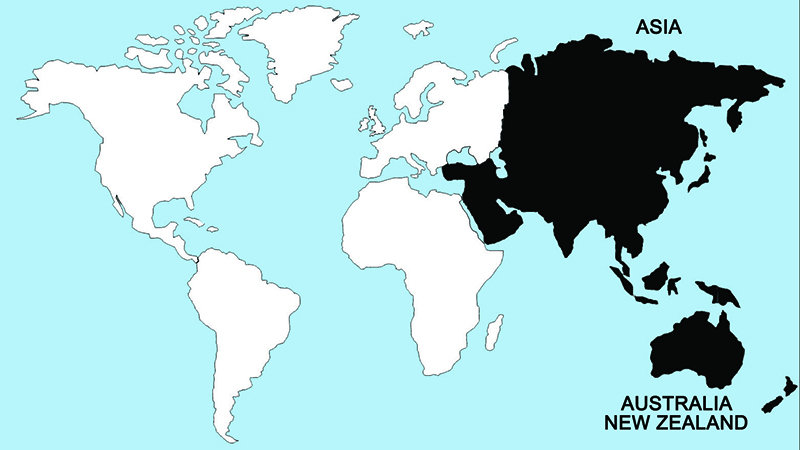Black Swan

The black swan is one of the more social of the swans. Many lakes in southern Australia regularly support from 5,000–15,000 swans, and in Lake Ellesmere of New Zealand an estimated 60,000–80,000 individuals may occur. Such large flocks are of dynamic composition, but are comprised of the stable pair and family units of all swans. Most swans are essentially nomadic, moving widely as weather and availability of suitable habitat dictate. Pair formation presumably usually occurs during the second winter of life.
The timing of breeding in black swans is fairly variable. In large colonies, the nests may be as close as a few feet apart or practically touching each other. It has been suggested that the slow growth rate of the cygnets, their vegetarian diets, and perhaps their increased protection from predation have facilitated the evolution of colonial nesting in this species. Both sexes help build the nest, and a clutch of 4–10 eggs (most often 5–6) is laid on an alternate-day basis. The male helps incubate and under natural conditions the average incubation period is about 40 days, but it ranges from 35–45 days.
Regions Birds Are Found

Collection Location & Year
New Zealand 2010
Taxonomy
| Order | Anseriformes |
|---|---|
| Family | Anatidae |
| Tribe | Anserini |
| Species | Cygnus |
| Genus | atratus |
Gender
Male
References
- Johnsgard, P. A. 1978. Ducks, Geese and Swans of the World. Lincoln, NE: Univ. of Nebraska Press.
- Marchant, S., and P. J. Higgins, eds. 1991. Handbook of Australian, New Zealand and Antarctic Birds. Vol. 1: Ratites to Ducks. London, UK: Oxford University Press.
- Elliot, A., J. del Hoyo, J. Sargatal, and C. Imboden, eds. 1992. Handbook of Birds of the World. Vol. 1 (Ostriches to Ducks). Barcelona, Spain: Lynx Editions.
- Kear, J. 2005. Ducks, Geese and Swans. London, UK: Oxford University Press.